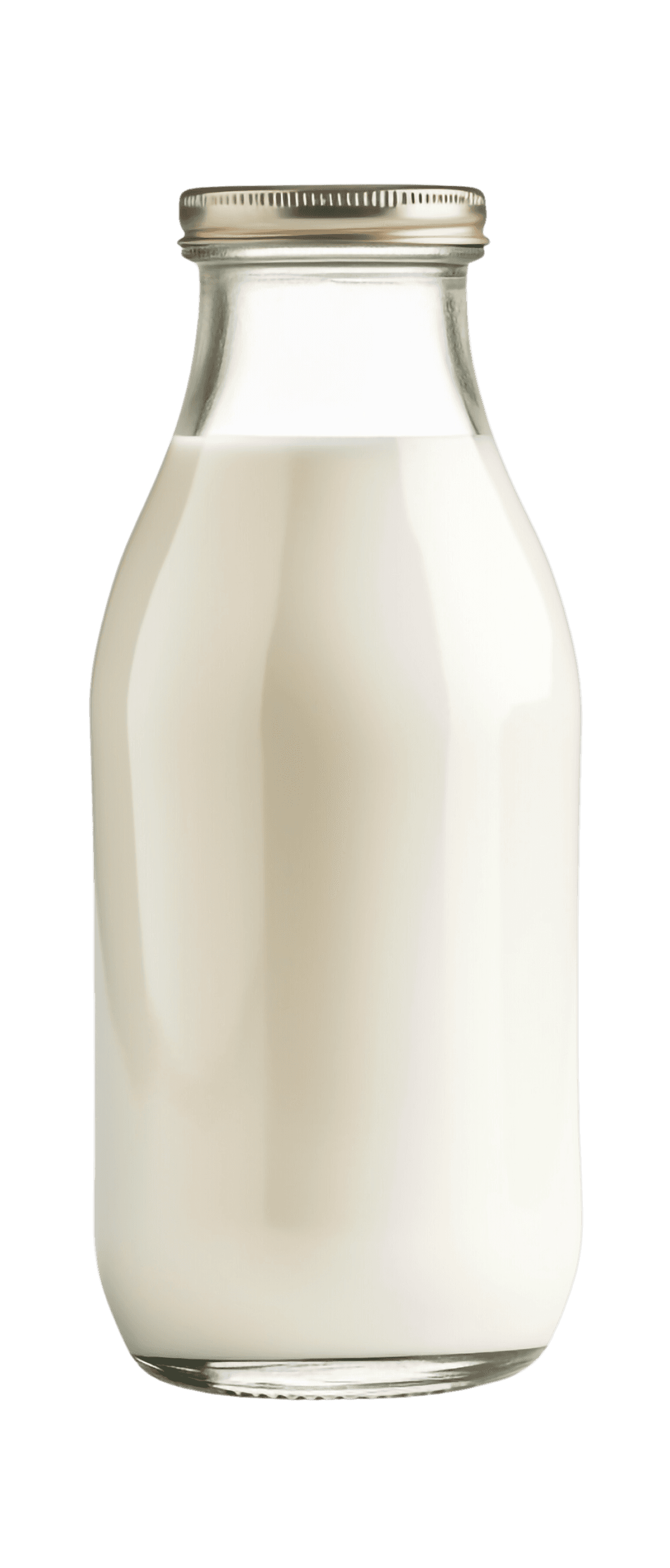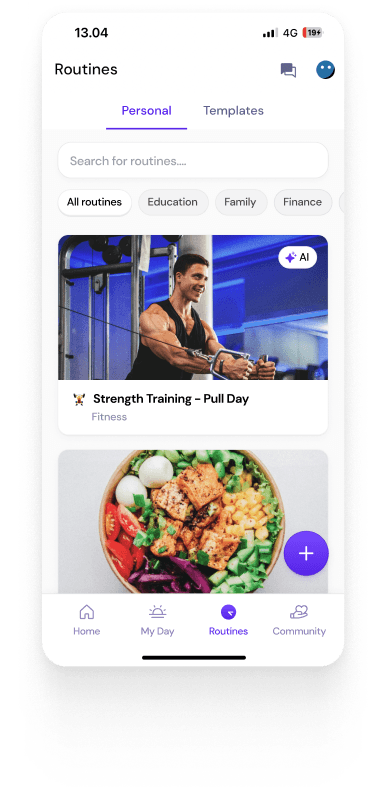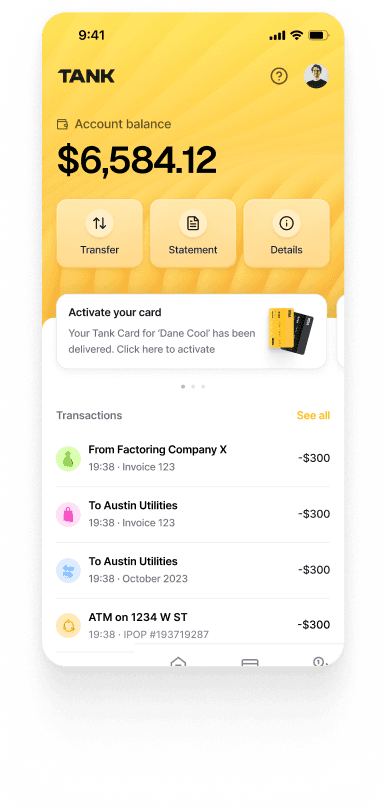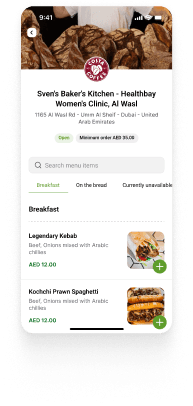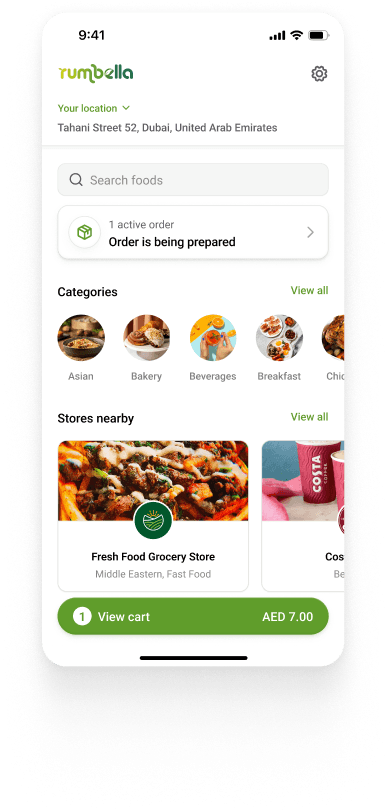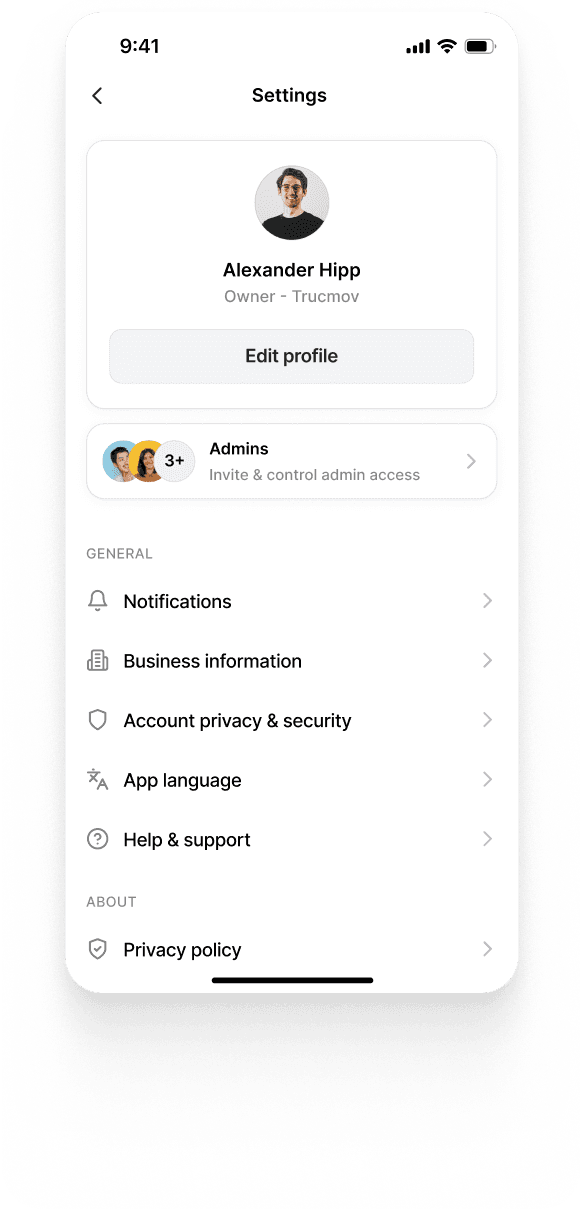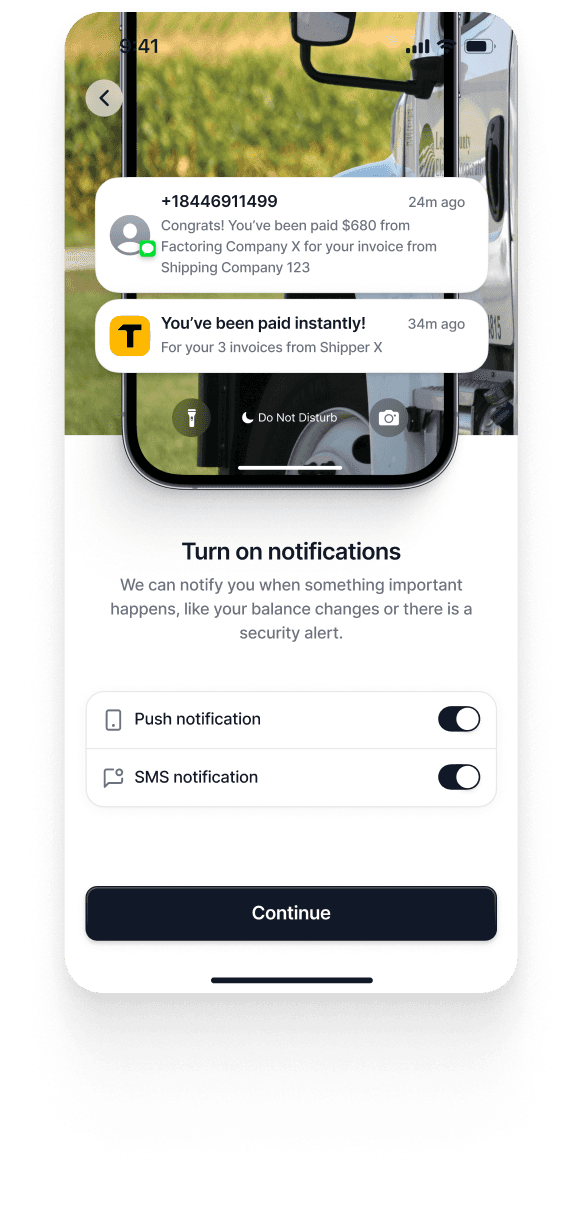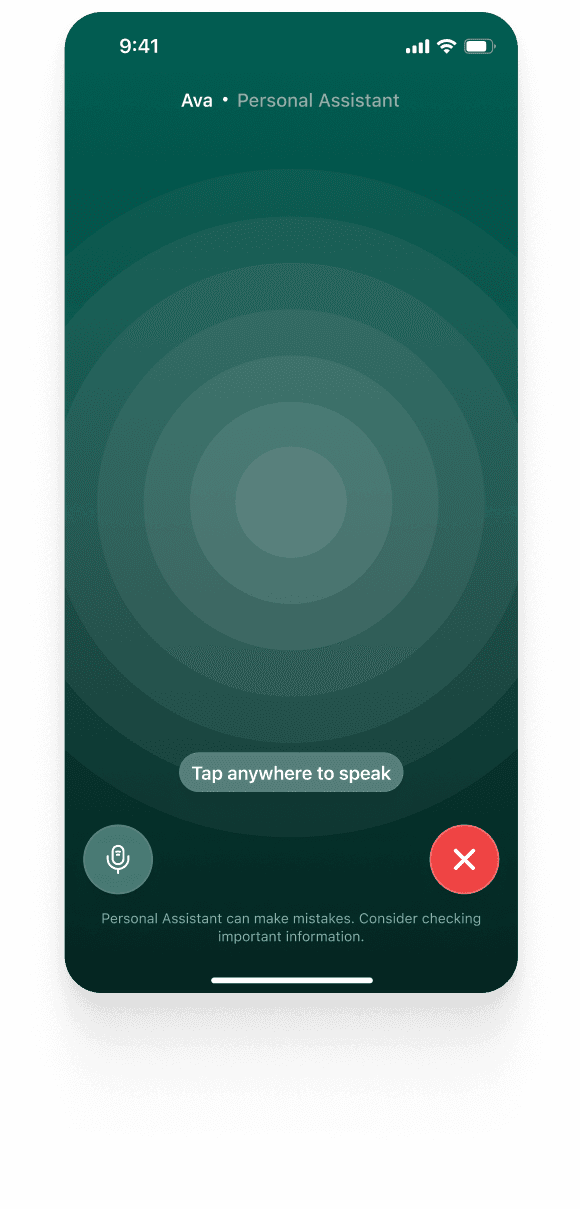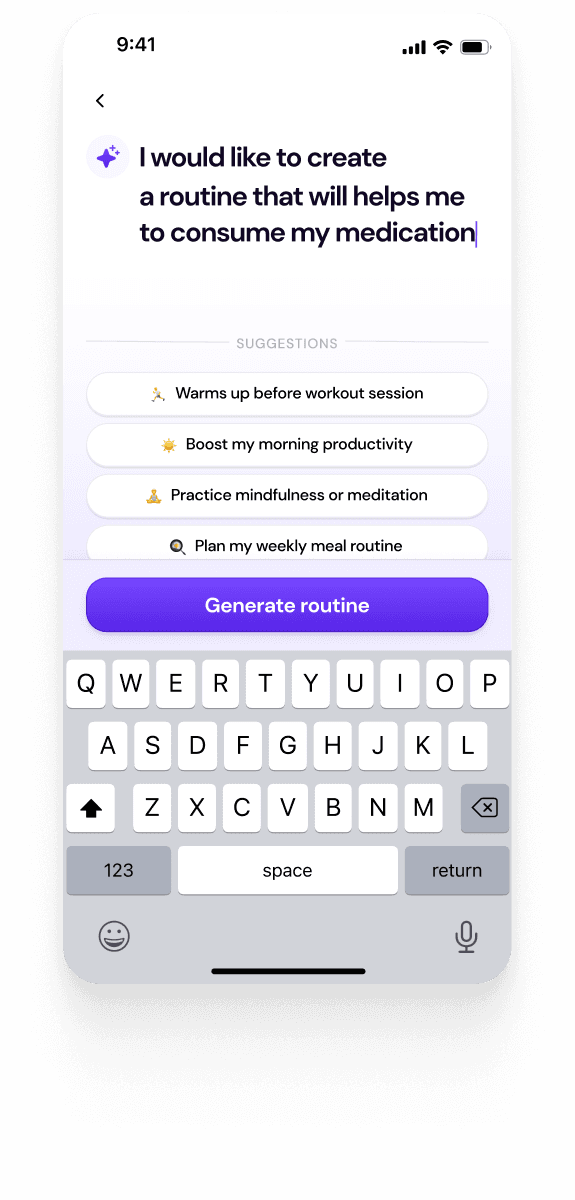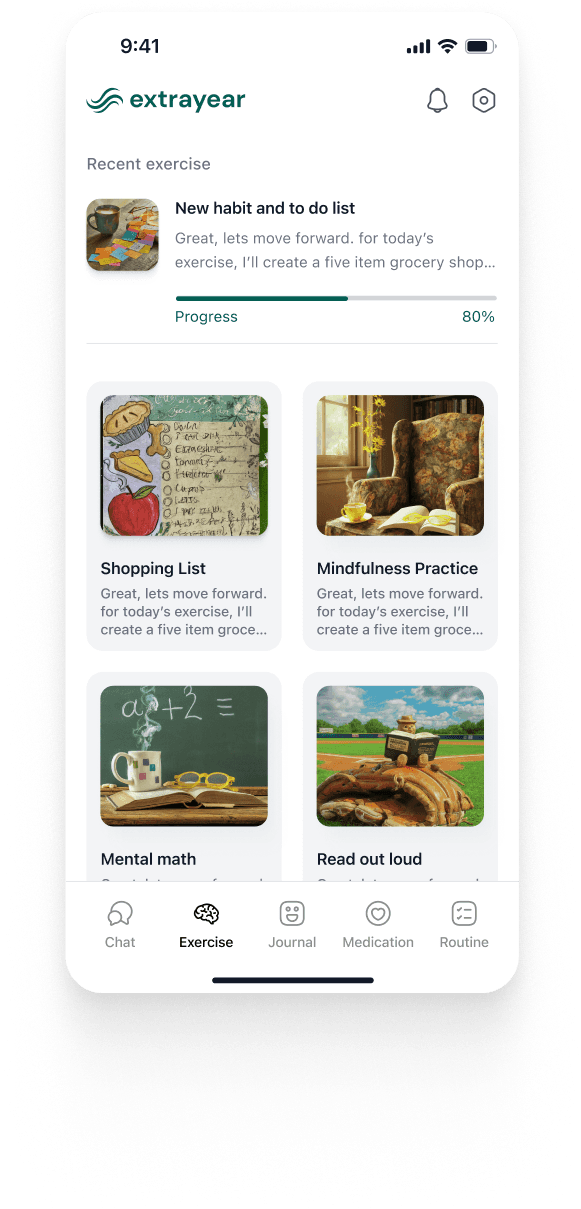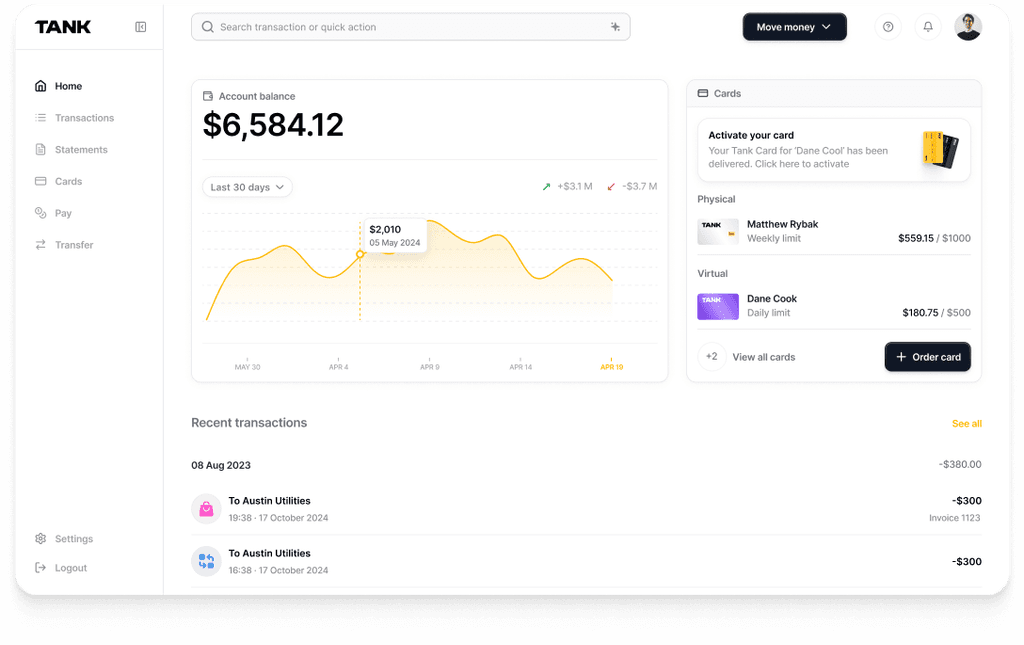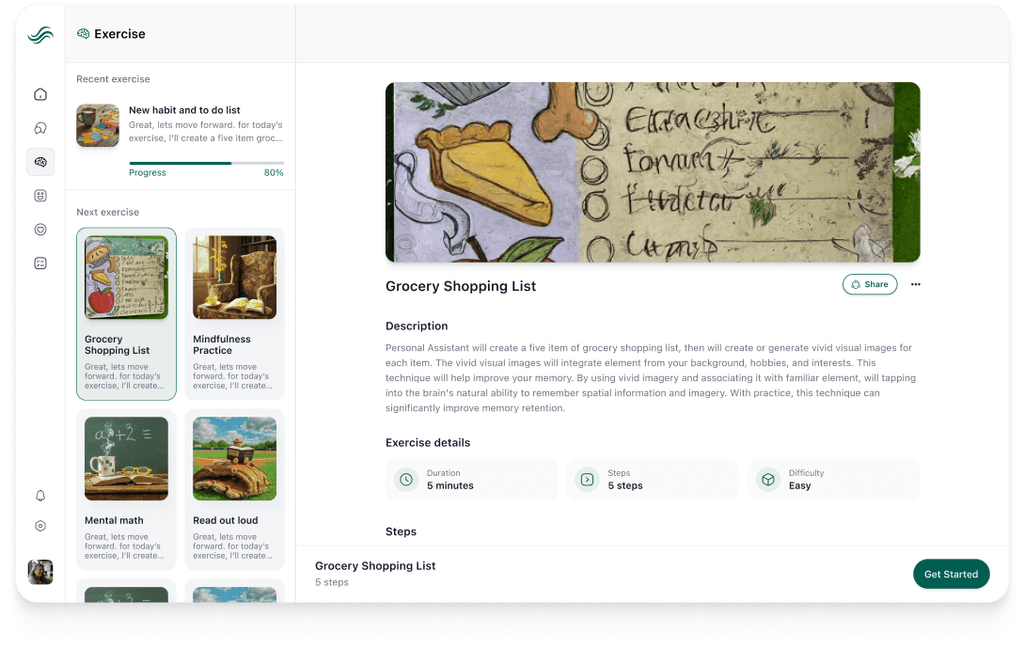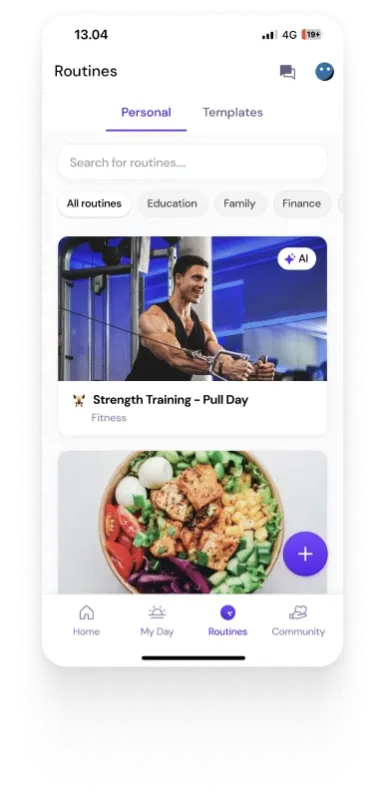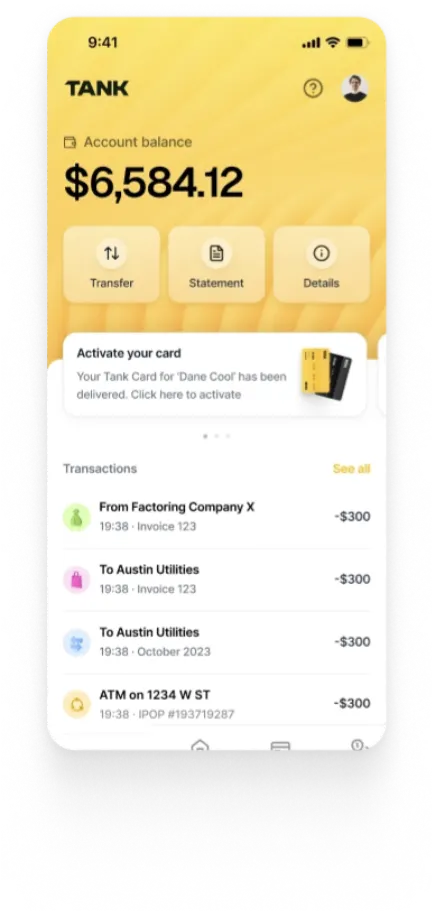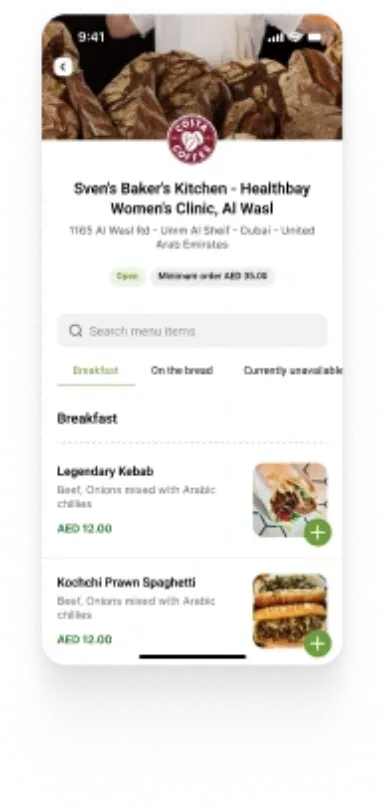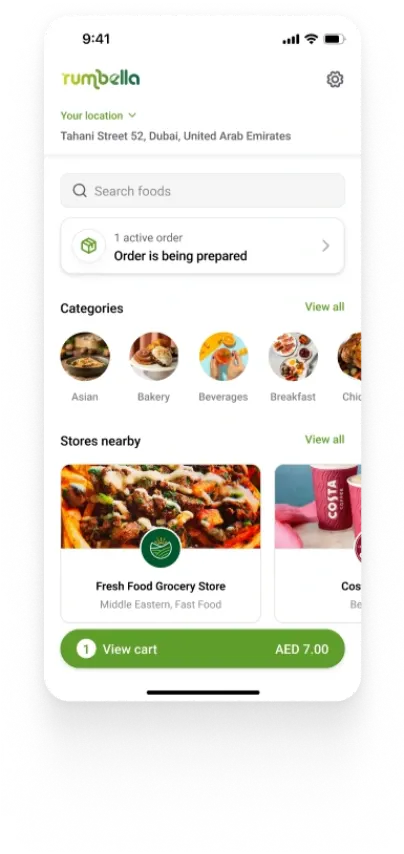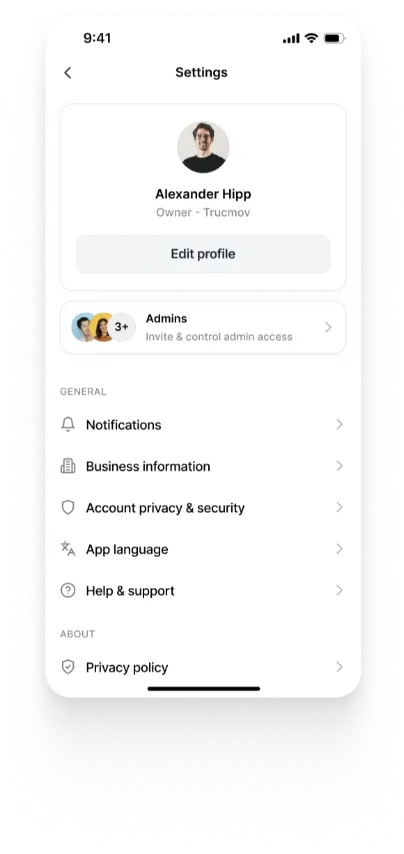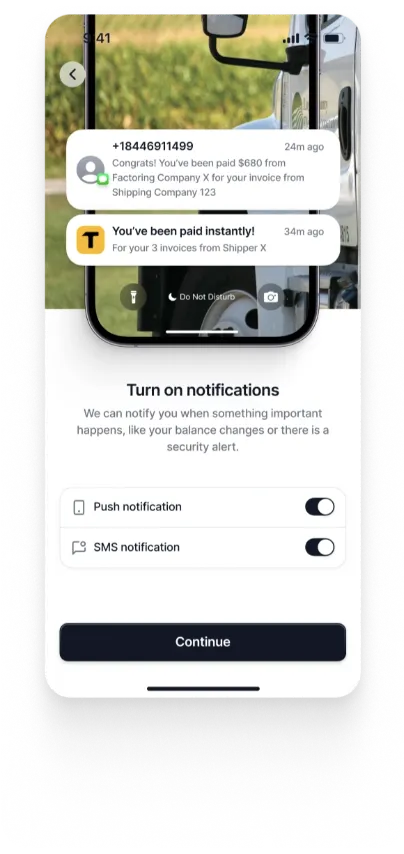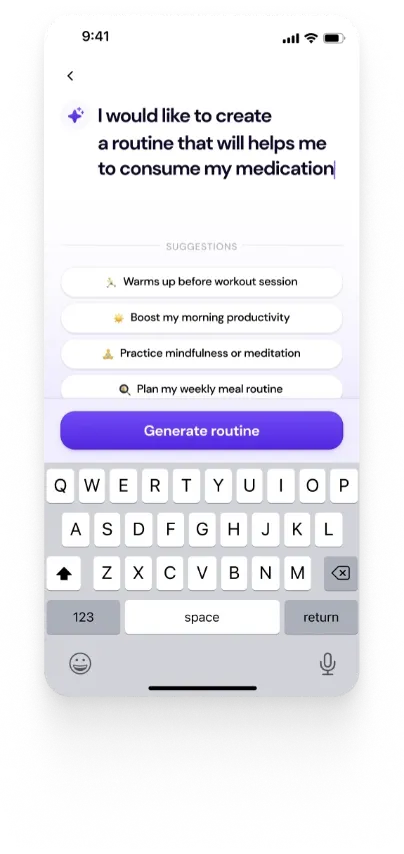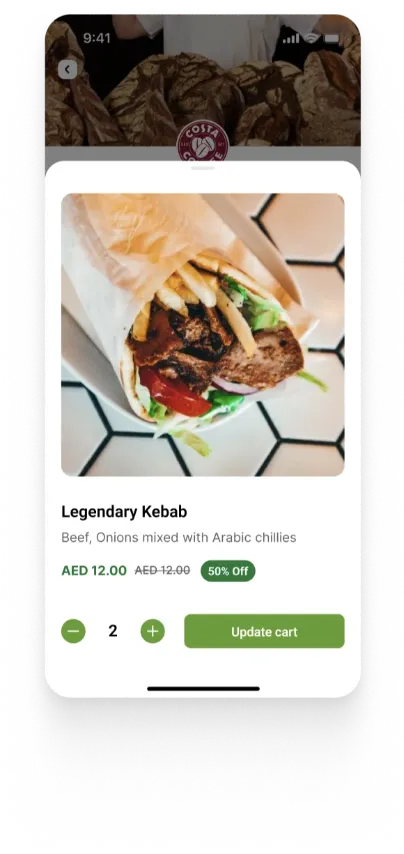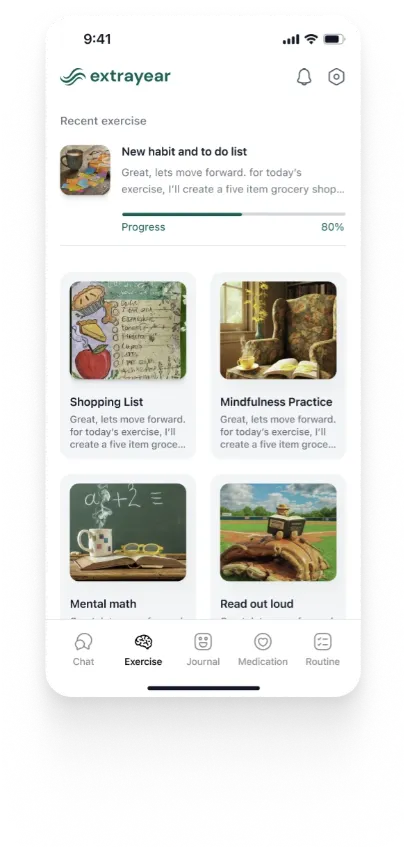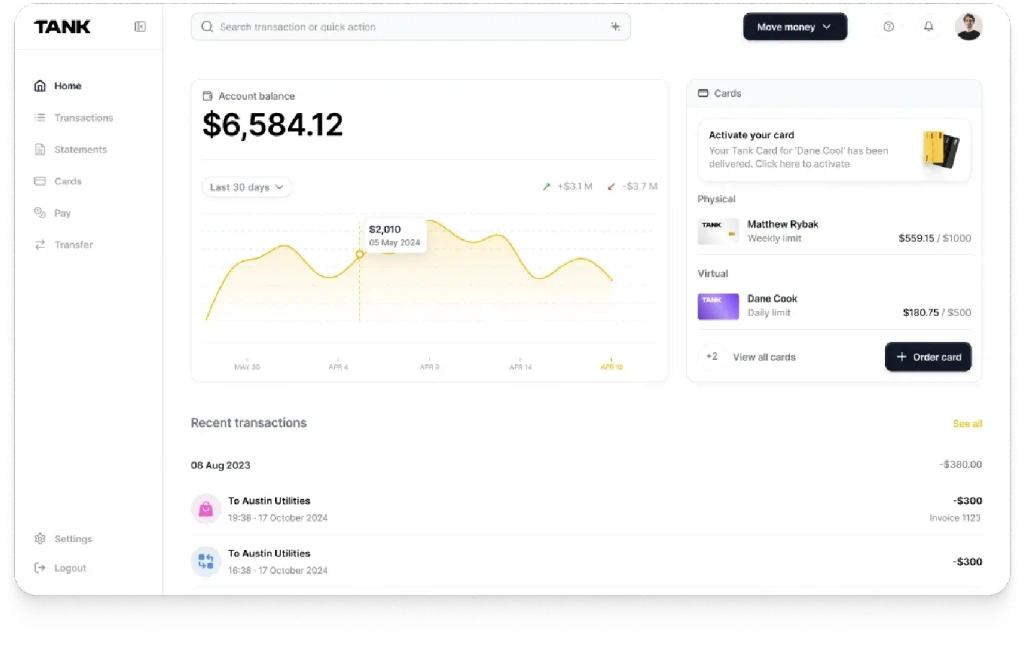Best AI Ad Makers of 2025
Summary
AI ad makers in 2025 offer fast, scalable tools for creating text, image, and video ads. Platforms like AdCreative, QuickAds, Pencil, and Creatify empower marketers with AI-driven design, real-time optimization, and cross-platform integration. From prompt-to-video tech to avatar presenters, these tools reduce cost and time while enhancing campaign performance and personalization.
Key insights:
Diverse Ad Formats: Tools like QuickAds and Predis.ai support multiple ad formats—text, image, and video—enhancing campaign flexibility.
Prompt-to-Video Innovation: Creatify enables instant video ads using lifelike AI avatars and URLs, revolutionizing video production.
AI-Powered Optimization: Platforms like AdCreative and Re:nable use performance scoring and cross-platform data to improve ROI.
User Accessibility: Pencil and Promeo prioritize ease-of-use with chat-based workflows and low-cost plans, ideal for solo marketers.
Localization & Reach: AdMaker’s one-click translation and multi-language voiceovers in tools like Creatify support global campaigns.
Enterprise Efficiency: Superside blends AI and human designers for high-quality, scalable ad creation, ideal for large teams.
Introduction
Artificial intelligence is revolutionizing how ads are created in 2025. AI solutions are now essential for marketers that want to create more content more quickly, from creating captivating films to creating graphics and prose that persuade. Actually, companies are "going all in" on AI in a number of sectors, including marketing and sales. The newest AI ad makers give developers, technical experts, and startup founders new ways to design, test, and optimize ad campaigns at a size and speed never before possible. From low-cost apps to enterprise-level solutions, this insight examines the top AI-driven ad production platforms of 2025, encompassing text, image, and video ad tools.
Key Features to Consider in AI Ad Tools
When comparing AI ad creation tools, keep the following factors in mind:
Supported Ad Formats: Does the tool produce text, image, and video advertisements? Many popular platforms allow for the creation of numerous formats, such as a video with thumbnail images and ad copy. Others (like video creators or text-only copy generators) focus on a single medium.
AI Capabilities: Seek out unique features like AI-driven design recommendations, prompt-to-video production (input a text prompt or URL to receive a video advertisement), or even AI personas for targeting. Certain tools provide automated A/B testing to enhance creatives and AI performance forecasts (rating creatives for potential conversion).
Customization & Quality: Ease of use is crucial – templates and drag-and-drop editors help non-designers – but also check if you can fine-tune outputs. Higher-end tools may allow advanced editing (even import of Photoshop files or custom AI avatars. The realism and relevance of AI-generated content (images, voiceovers, avatars, etc.) determine the quality of your ads.
Integrations with Ad Platforms: The application should interface with major ad networks or at the very least export in formats that are ready for use in order to streamline workflow. Ads can be directly published or synced to Facebook/Meta, Google, LinkedIn, TikTok, and other platforms with top selections. This allows AI to learn from campaign data and saves time when transferring creatives into ad managers.
Analytics & Optimization: Some platforms provide more than just creation; they also include campaign management, targeted recommendations, and analytics dashboards. Some AI ad makers, for instance, offer budget optimization across channels, autonomous ad management, or an AI that evaluates the effectiveness of your ads and provides suggestions for improvement.
Pricing and Scalability: Lastly, think about your volume requirements and budget. Both commercial subscription services for big teams and free or inexpensive solutions are perfect for small startups. Pricing structures range from monthly subscriptions and premium managed services to pay-per-credit schemes and freemium options. Make sure the tool's cost is in line with the functionality you need and the expected ad output (for example, higher tiers may grant access to APIs or more integrations).
With these criteria in mind, let’s explore the leading AI ad creation solutions of 2025.
In-Depth Comparison of AI Ad Makers
Next, we dive deeper into each of these AI ad creation solutions, highlighting what makes them stand out in 2025 and how they integrate into your advertising workflow.
1. AdCreative.ai
AdCreative.ai is a well-known platform that produces conversion-focused ad creatives—mostly images with text—in a matter of seconds. The strength is the use of AI that has been trained on more than 100 million ads to generate and score ad versions that are likely to be successful. After you provide your brand assets and ideas for ad copy, AdCreative's algorithms produce thousands of designs with different layouts and messaging. There is no guesswork involved in prioritizing the top scorers because each creative has a performance prediction score. This is similar to having a "built-in performance coach" who assesses your advertisements before you ever spend money on them.
Most importantly, AdCreative.ai has direct integrations with the main ad networks. Google Ads, LinkedIn Ads, Meta (Facebook/Instagram) Ads, and more can all be linked. This enables you to integrate the AI-generated advertisements directly into your campaigns or to produce fresh creative ideas based on actual campaign data. The platform can be integrated into your current marketing stack by connecting with workflow tools such as Zapier. While AdCreative is not a video producer, it specializes in design generation when it comes to AI skills. It is particularly good at creating banner advertisements, social media commercials, and even social post graphics in all the necessary sizes. It may adjust output to platform-specific specifications (e.g. text length for Facebook) and supports several languages for text.
AdCreative.ai offers a free trial and tiered plans starting around $39/month for a Starter plan (allowing ~10 high-quality ad downloads). Higher plans increase the number of creatives and users. This tool is perfect for agencies who handle a lot of clients' advertising or for startups and small enterprises that need to produce a lot of ad versions to test. You do not need to be a designer to utilize it, and performance marketers will love the focus on data-driven creativity. Its inability to produce video advertisements is a drawback; instead, it works best with static images and brief text (headlines, taglines). AdCreative may be a single component for teams seeking more intricate creative storytelling (films) or highly customized designs. But because of its AI scoring, it drastically reduces the time needed to create short ad banners, social ads, and even Google Display ads.
2. QuickAds
QuickAds lives up to its name by enabling you to produce ads quickly, but it goes further to help you run and optimize campaigns end-to-end. In addition to helping you create advertising fast, QuickAds also helps you manage and optimize campaigns from start to finish. In addition to offering a comprehensive suite of analytics tools to monitor their effectiveness, this platform may create unique advertisements for a variety of platforms (both photos and brief films). One of QuickAds' unique selling points was its automatic A/B testing, which can produce multiple variations and even assist in determining which one works best, saving marketers time when searching for effective creatives. As a feedback loop for the creative process, it also offers comprehensive analytics on the formats or styles that your audience responds to the most.
QuickAds' inspiration library of more than a million commercials, drawn from a variety of industries, is one of its distinctive qualities. You can look at the best-performing advertisements in your industry, find ideas, and even use those examples to create fresh content. For growth hackers and content strategists searching for new concepts based on proven strategies, this is immensely helpful. Additionally, the tool lets you enter the URL of a website or a product page, and it will use that information as context to create video and static ad material right away. We thought the website was easy to use; even novices could use a prompt or submit an image and receive a well-designed advertisement with little work.
QuickAds markets itself as a one-stop shop with tools for data analytics and campaign management in addition to creation. Because the platform offers a "workflow hub" for digital marketing, you may use it to manage your ad creative workflow and potentially even launch commercials. In terms of integration, QuickAds may not publish directly into all ad networks with a single click, but it does produce all standard formats for uploading to Meta, Google, TikTok, and other platforms, and its analytics may gather performance data if you link your accounts. (It highlights Shopify integration on its website, suggesting a focus on e-commerce.)
Depending on features and ad traffic, QuickAds' pricing ranges from about $39 to $99 per month, with some basic plans having restricted features for as little as $15. The company usually offers a seven-day free trial. QuickAds is a good option if you value data-driven optimization and want to manage creative insights in a single dashboard. It is appropriate for content marketers, agencies, and startups who require more than simply an asset maker. The primary disclaimer is that there is no continuous free tier and that, due to its extensive automation, the creative output may seem rather templated to highly detail-oriented designers. QuickAds, however, offers a great compromise for the majority of use cases where speed and performance feedback are more important than flawless pixel-by-pixel design.
3. Pencil
If you enjoy conversational AI tools (like chatbots), Pencil offers a novel chat-based experience for generating ads. Pencil provides a unique chat-based ad generation experience. The way Pencil's interface functions is similar to speaking with an AI creative assistant: you explain the type of advertisement you need in simple terms, and the system comes up with ideas for copy, images, and even several different versions. You may simply text, "Make me an Instagram ad for a new productivity app targeting entrepreneurs, highlight a 50% discount," and Pencil will take care of the rest, lowering the learning curve by eliminating the need to explore complicated menus.
Pencil has a lot of power inside, despite its simple interface. In addition to creating the ad content, it offers instant feedback on the drafts. It might point up, for instance, that a headline might be more powerful or that, depending on its training data, one version might perform better. This facilitates iterating through the chat to improve the advertisement. Pencil's broad connection with ad platforms, including YouTube, LinkedIn, Facebook, Instagram, TikTok, Google Display Network, Amazon Ads, and more, is another noteworthy feature. This implies that after you are satisfied with an advertisement, you can either push it straight to those channels or use the creative in those settings with ease.
Pencil produces text and basic images from a content standpoint. After the conversation generates the initial draft, you can easily change layouts or replace graphics thanks to its drag-and-drop editor. Pencil is popular among entrepreneurs since it functions similarly to a brainstorming buddy. For technical users or developers, Pencil also provides an API (available on more expensive services) that allows you to integrate it into your workflow or create advertising automatically.
Pencil offers inexpensive entry rates (about $14/month for 50 generations) and a free trial. There is a specially priced Pro plan for limitless usage or extra features, and the fee varies according to the number of ad generations you require. Small marketing teams or individual marketers who wish to quickly generate ad ideas and variations without having to learn a new software user interface will find this solution ideal. Growth hackers who conduct a lot of short tests will also find it helpful because the chat style makes it incredibly easy to generate and refine ideas. Because it is largely template-based, advanced design modification is a little limited. If you require extremely high-end visuals, you may want to export Pencil's copy suggestions to another design program. But as a rapid ad generator that “talks” to you and plugs into all your ad accounts, Pencil is a standout in ease-of-use.
4. Creatify
Creatify is an AI ad maker specializing in video ads with virtual avatars.Although live-action videos including actors or influencers are expensive and time-consuming to produce, video is one of the most captivating ad types. A library of more than 370 lifelike AI avatars that can serve as your spokesperson on video is what Creatify offers to handle this. You can choose an avatar that represents a variety of ages, genders, and races and have it promote your message or product. The AI on the platform will use a script or even a URL you supply to create the movie, which will include the words and motions of the avatar.
The ability to go from a URL to a full video is a highlight: for instance, if you enter the link to your product page, Creatify's AI will extract important information and create a little promotional video with an avatar explaining the item. Avatar customization is another option. Some applications allow you to upload a person's photo or even a sample video to build a unique avatar. For example, Creatify says you can upload a video of yourself to get ideas for an avatar. It also comes with an AI script (copy) generator, so the AI can write a script for the video ad if you do not already have one.
Despite its emphasis on video, Creatify can handle a wide range of video advertising requirements, including demo films, talking head explainers, and even TikTok-style clips. Though not flawless—in some situations, small facial expressions might still be a dead giveaway—the 2025 avatars' realism is rather convincing. It is a specialist tool for video content and does not create static picture advertisements. This is revolutionary for startups who use social video advertising extensively or require multilingual video commercials (avatars can probably speak in various languages with the correct script or text-to-speech settings). Because the AI avatar can give messages around-the-clock, you may effectively avoid paying presenters or voice actors.
Creatify has subscription plans that start at about $39/month for a specific number of video credits, as well as a free plan that is limited to maybe 1-2 video downloads per month. More video minutes and presumably more avatar selections are unlocked at higher tiers (~$99/month). E-commerce companies and social media marketers who wish to create a large amount of video content without a production facility will find it particularly helpful. For instance, an AI model can present a brand-new video advertisement that an online retailer makes for each product update or sale. Because it lowers marginal costs, it is also a good fit for agencies who provide video ad development as a service. The disadvantage is that AI avatars might not be able to fully substitute intricate storytelling or a creative human touch in marketing campaigns that need highly customized or interactive videos. Additionally, you should make sure the avatar's style aligns with your brand (while Creatify emphasizes realism, some brands may want a more comical look over a hyper-real avatar, etc.). All things considered, Creatify is a perfect example of how far AI has advanced in prompt-to-video technology; it allows you to create brief commercial videos in minutes as opposed to weeks of filming and editing.
5. Predis.ai
Predis.ai is similar to a combination of social media scheduling, ChatGPT, and Canva. In addition to producing ad material and images, our all-in-one content generator also assists you with planning and posting them on social media. Predis can produce a wide range of material, including social media memes, brief marketing films, promotional photos, ad subtitles, and product highlight videos. After that, it lets you schedule posts straight to the social media accounts you have connected. It works similarly to Hootsuite or Buffer, but with AI-generated material already prepared.
Two of Predis's best features are performance tracker and content calendar. You may schedule posts or adverts using AI as you make them, and the platform will later analyze the content of competitors and show you how each post performed (engagement, etc.). For startups that need to handle constant content production across platforms (Facebook, Instagram, LinkedIn, etc.) and wish to consolidate everything in one location, this makes it useful. Particularly for advertisements, Predis can assist in generating campaign concepts and creating the creatives, which you can subsequently submit to the advertising platforms. While it might not directly integrate with Google Ads or Meta Ads manager for paid ad deployment, it does support the creation and scheduling of organic posts and ads on social feeds.
One notable feature of Predis is its ease of use with multi-format content: in a single session, you may create an Instagram commercial image with a caption, a TikTok short promo video, and a LinkedIn text post that goes with it. Given its foundation in content marketing, it also offers collaboration tools for teams to approve or update content, as well as some SEO and hashtag recommendations for social media posts.
Predis offers a free plan (with limited credits) and paid plans starting around $32/month for more frequent use.Small companies and e-commerce brands who prioritize social media marketing and wish to be active without a big staff will find it ideal. Predis can swiftly produce carousel photos for new collections or product demonstration movies for e-commerce. The primary drawback is that Predis's ad performance optimization features are more basic than those of certain specialized ad programs; it focuses more on scheduling convenience and content generation. For example, it might not automatically optimize an ad for conversions or offer ad expenditure metrics; for those, you would need to rely on the data provided by each social media site. As a result, Predis excels as a center for content creation; you may use it to create original content and copy, and then handle the sponsored campaign details using another system or the ad platforms themselves.
6. AdMaker by PicsArt
AdMaker, developed by the same team that created PicsArt, is a great option for people who are new to advertising or who require a very basic tool to make ads. AdMaker carries over PicsArt's well-known photo editing app's user-friendly approach to ad design. The application focuses on making it absurdly simple to create an image ad with text in a few simple steps, and it runs in your browser without the need for an install.
There are layout designs and suggested proportions available for usage whether you require a Facebook feed post, Instagram story, LinkedIn banner, or even a TikTok video ad. AdMaker includes a number of pre-made templates for various networks. The AI may assist with removing backgrounds, resizing, and positioning the image in an eye-catching arrangement if you either upload a product image or provide a prompt to create one. The AI text generator in AdMaker can then recommend ad material, including product-related hashtags, taglines, and titles. It is notable for having a one-click text translation capability, which is excellent for creating multilingual ad versions. For example, you can create an English ad and instantly get a Spanish or French version of the copy, helping with localization.
Despite its portability, AdMaker has all the essential features, including platform-specific export options, a respectable typeface and graphic collection, background removal, and photo touch-ups using PicsArt's image editing technology. For a consistent campaign, "multi-platform support" refers to the ease with which you can modify your creative to fit different aspect ratios and formats for different social networks. Even a fun tool like a hashtag generator can be used to recommend popular tags associated with your advertising content.
The fact that AdMaker is free to use and offers a plethora of functionality is among its top characteristics. Advanced usage operates on a credit basis; for example, 50 credits may cover 200 image generations for about $2.99. In reality, this is incredibly cost-effective for an entrepreneur or small firm. As a result, AdMaker is perfect for marketers with little to no design knowledge, tiny startups, and entrepreneurs. According to reviewers, it is "best for basic product advertising photos" and short social media updates. The drawback is that AdMaker is only a creation tool and does not offer sophisticated campaign insights or optimization. Additionally, design complexity has a limit; for sophisticated advertisements, it cannot take the position of a qualified graphic designer. However, AdMaker by PicsArt is a great tool in 2025 for quick, high-quality advertisements on a tight budget, particularly product image ads for e-commerce.
7. Promeo
Promeo is another tool geared towards ease-of-use, particularly for those in e-commerce. Promeo, created by CyberLink, bills itself as a "one-stop AI creative studio" that provides a variety of services, including AI image creation, video templates, and copy support. The AI Magic Designer, which allows you to enter a few keywords or a brief prompt and automatically creates an entire advertisement from start, is its most notable feature. The application would generate a ready-to-use promotional image with backdrop, product visuals, and sale text styled suitably if we typed anything like "summer sale – handmade crafts – 50% off" during testing. As a tool for quickly creating advertising concepts, it is very amazing.
Additionally, Promeo has a function called AI CoWriter, which is effectively an AI copy generator for your advertisement text. Therefore, you can get assistance creating taglines, product descriptions, or captions for the images on social media. It effectively meets the objectives of online retailers when paired with a collection of templates tailored to e-commerce (such as layouts for product catalogs, testimonials, or discounts). An additional benefit is that Promeo incorporates part of CyberLink's video editing technology, enabling the use of templates to create basic video advertisements or animated postings (albeit not as sophisticated as a full video editor).
Value for money is where Promeo truly excels. It has a free edition and a very cheap premium subscription that costs only about $2.50 a month. This enables people who might not otherwise be able to afford more expensive SaaS solutions to create sophisticated AI ads. Additionally, it does not lock away many capabilities; the premium version primarily extends content libraries or gets rid of watermarks.
Promeo is perhaps the most affordable tool on this list, costing between $0 and about $2.50 each month. It works best for content producers, solopreneurs, and small business owners who do not have the funds for a marketing team but yet need to consistently produce eye-catching advertisements, social media posts, or promotional visuals. Promeo's more constrained scope—it concentrates on producing the creatives and excludes campaign management and extensive analytics—is the trade-off. After creating the advertisement on Promeo, you will manually upload it to your Instagram account, Facebook Ads Manager, etc. Furthermore, its AI is focused on simple retail use cases; it cannot handle more intricate advertising tactics (such as multi-step funnels or highly customized adverts).Nonetheless, in 2025, having a tool that can generate an on-brand, ready-to-go ad in minutes for virtually free is a huge win for startups.
8. Re:nable
Re:nable is a new AI advertising platform that is well-known for Aimee, its virtual marketing assistant. Re:nable offers a variety of AI technologies, such as AI copy generation and template-based ad design, but what makes it unique is that Aimee can manage cross-network publication and direct your marketing plan. This implies that Re:nable is more than just making an advertisement and letting you handle it; the AI assistant may actually upload the creative to your connected ad accounts on various platforms and use the data to inform future recommendations.
In terms of features, Re:nable provides a user-friendly drag-and-drop editor with numerous pre-made templates, just like other programs, guaranteeing that even non-designers may easily modify advertisements. Additionally, if you have reviews accessible, it may automatically add social proof into ads with its AI-selected customer review snippets and AI copywriting module, which is probably GPT-based. This works well for e-commerce, because a brief statement from a satisfied client can increase an advertisement's credibility.
Re:nable’s ability to manage spending across networks and her "knowledge of full catalog performance marketing" constitute her strategic advantage. For instance, if you run advertising on Facebook and Google, Re:nable may find that Facebook is providing a higher return on investment for a particular product and recommend redistributing your budget appropriately. It can save time to have an AI assistant provide this type of cross-platform analysis, which is something that human marketers frequently accomplish by hand.
With monthly prices starting at about $39, Re:nable is affordable for small enterprises. Its ideal users seem to be self-service marketing firms and e-commerce businesses. The goal of Re:nable is to be your AI assistant that monitors everything if you are selling goods online and running ads on Google, Facebook, Pinterest, and possibly other platforms. It is similar to employing a junior marketer with AI to work around the clock. One factor to take into account because Re:nable is a younger platform is the maturity of its AI. Although initial reviews indicate that it can publish and optimize advertising, user experiences may change as the algorithms gain expertise. It may present intriguing API or integration opportunities for developers (their website talks about connecting to your feed or ad management, etc.). The ecosystem (community, third-party tutorials, etc.) is smaller on this younger platform, which is a drawback. Additionally, Re:nable's cross-network strength is not completely leveraged if you only concentrate on one ad channel. But Re:nable's AI multitasking might be rather helpful if you are balancing Facebook, Google, and other platforms.
9. Superside
Superside, which is a little different from the rest, completes our list. In reality, Superside is a design subscription service that businesses use, and they have incorporated AI tools into their workflow to increase productivity. With Superside, you submit a request and a group of skilled designers—aided by artificial intelligence—create the advertisements for you rather than utilizing a tool. They refer to it as "AI-enhanced human-powered design."
Superside can be a useful solution for teams lacking design resources or for enterprise-level requirements. By 2025, Superside's designers are working more quickly thanks to AI technologies like Midjourney (for generating pictures) and others. For instance, they might swiftly create a concept image using AI, then manually edit it to adhere to brand standards. Fast turnaround (Superside claims to decrease creative delivery time by half in many circumstances) and high-quality output without requiring you to learn any software are advantages for the client, which is you.
Superside can create anything, including animations, pictures, and films, but always with human modification and quality control. They can also design many ad variations, whole unique campaigns, and even assist with ideation. In essence, you are contracting out the creative development of your advertisements to a group that uses AI in-house to increase productivity. A dedicated design team that is familiar with your brand (on higher tiers) and the flexibility to scale the team up or down in response to your changing demands are two examples of distinctive offers.
Superside is highly pricey for well-established businesses; monthly plans start at roughly $6,000 and can go considerably higher. This approach is appropriate for mid-to-large businesses or highly funded startups who require a big number of advertisements of the highest caliber and are prepared to spend more to avoid worrying about the specifics of execution. The benefit is that Superside's human/AI team manages production while your internal team concentrates on strategy. Superside could, for instance, use AI translation and design to create dozens of localized ads across video and image formats for a large e-commerce platform launching a seasonal campaign in ten countries. This would ensure that all of the ads are consistent with the brand, which is difficult to accomplish solely in-house or with different freelancers.
The drawback is clear: smaller firms cannot afford this, and since you are requesting and waiting (albeit quickly), you also give up some control and immediacy. It does, however, draw attention to a trend for 2025: hybrid solutions, in which AI enhances human ingenuity. Superside guarantees that a designer will correct an AI-generated image if it is not quite correct. This can allay some people's worries about off-brand or unpredictable outputs from pure generative techniques. Superside, an anomaly on this list but a crucial one for the corporate end of AI ad generation, is, in short, the path you take when you require guaranteed quality and scalability and are less concerned about cost.
2025 Trends: Innovations in AI Ad Creation
As seen with the tools above, 2025 has brought several innovations to the AI ad making landscape:
Prompt-to-Video and Avatars: It is now feasible to create video advertisements using AI avatars (like Creatify and InVideo) or simply a written description. Video ad production is now faster than ever because of significant advancements in AI presenter realism and video quality this year.
Multi-Channel Integration: Nowadays, a lot of products have direct integrations with social networks or ad platforms. Pencil and Re:nable, for example, place a strong emphasis on platform syncing or one-click publishing. Because of this close interaction, AI may also retrieve performance data from those platforms to improve creatives (for example, Bestever's persona recommendations based on your website and ad account data, and AdCreative's performance grading).
Automated Targeting & Optimization: AI is assisting with budgeting and determining who should see advertisements in addition to making them. Based on real-time outcomes, tools such as MadgicX and Re:nable can automatically modify spending or targeting. To get your targeted ideas off the ground, some even create audience personalities using your website or data.
Multi-Language Localization: The creation of multilingual advertising campaigns is now simpler than ever. A number of programs, such as AdMaker's translate function, can translate text instantly, while InVideo's AI voices can produce voiceovers in multiple languages. This makes it easier to market internationally because you can use AI to swiftly translate a single master ad into multiple languages and geographical areas.
New Entrants & Evolving Players: The field is growing quickly. New competitors like Re:nable (with its Aimee assistant) and Bestever.ai (with its unique ad analysis dashboard for images/video) have emerged, forcing established companies to incorporate more AI capabilities. Even while our list concentrated on specialized marketing solutions, well-known design platforms like Canva, Adobe, and others are also using AI. Startups should monitor these providers' upgrades because features are changing quickly. For instance, improved GAN-generated faces for advertisements or AI that can produce interactive ad content may be coming soon.
In summary, your unique needs and available resources will determine which AI ad maker is best for you. To get the best results on a budget, small firms may combine a few tools, such as AdMaker or Promeo for images and Hypotenuse for copy. Flexible platforms that fit into their process, like Pencil or Creatopy, could be preferred by technical teams. For size, larger businesses may choose enterprise services like Superside or all-in-one solutions like QuickAds. It is evident that artificial intelligence has evolved from a revolutionary concept to a commonplace benefit in advertising. Businesses can save time and money by utilizing these 2025 breakthroughs, which range from generative video and images to clever integrations and optimization, to create more advertisements in more formats and frequently with greater performance. Even a two-person business can now execute ad campaigns with the diversity and sophistication that would have taken an entire team just a few years ago thanks to the leveling of the playing field in creative production. Staying competitive in the rapidly evolving field of digital advertising will require embracing these AI tools and selecting the best combination for your use case.
Conclusion
By 2025, AI ad creators have solidified their position as indispensable resources for companies looking to expand their marketing initiatives in an innovative and efficient manner. The platforms under evaluation, which range from high-end services like Superside to quick and easy-to-use tools like Promeo and AdMaker, demonstrate the market's extraordinary specialization and diversity. There is an AI tool for every need, be it data-driven optimization, multi-platform publishing, video creation with avatars, or basic social ad generation. AI has advanced significantly in helping both creative execution and strategic marketing, as evidenced by features like automated A/B testing, prompt-to-video production, cross-platform budget optimization, and real-time analytics.
Choosing the finest AI ad maker ultimately comes down to your workflow preferences, goals, and financial constraints. For speed and convenience, small firms and independent marketers may find technologies like Pencil, Predis.ai, or QuickAds to be a cost-effective investment. Teams who need to maintain brand consistency at scale or manage large ad volumes, on the other hand, could find that corporate solutions like Re:nable or Superside are more advantageous. These technologies are becoming competitive necessity as AI continues to conflate human ingenuity with machine efficiency. By utilizing the appropriate mix of AI ad makers, companies of all sizes will be able to execute compelling campaigns with previously unheard-of agility in a digital age when performance is driven by content velocity and personalization.
Authors
References
“12 AI Ad Generators for Marketers in 2025.” Bestever.ai, 2025, www.bestever.ai/post/ai-ad-generator.
“Ad Creative AI | Leadpages.” Leadpages | Landing Page & Website Software for Businesses, 2024, www.leadpages.com/blog/ad-creative-ai.
“AdMaker.” Admaker.com, 2025, admaker.com/.
AI. “Renable.” Renable, 2025, renable.com/platform.
“Creatify - Create Engaging AI Video Ads.” Creatify.ai, creatify.ai/.
Jobs, Comeet. “Promo.com.” Promo.com, Comeet Jobs, 4 June 2024, promo.com/for/video-ad-maker.
Morgan, David. “Top Free AI Ad Generators in 2025 - User Tested.” CyberLink, CyberLink Learning Center, 27 Dec. 2024, www.cyberlink.com/blog/photo-editing-tips/3336/ai-ad-generators.
“Pencil - Unlimited Ad Creatives for Ecommerce.” Www.trypencil.com, www.trypencil.com/.
“Predis AI Ad Generator - AI to Make Ads, Videos in Seconds!” Predis.ai, 2025, Predis.ai.
“Quickads - the AI Ad Generator | Effortless Ads in 30 Seconds.” Www.quickads.ai, www.quickads.ai/.
Superside. “The 10 Best AI Ad Creative Generators in 2025 (We Tested Them).” The 10 Best AI Ad Creative Generators in 2025 (We Tested Them), Superside, Oct. 2024, www.superside.com/blog/ai-ad-creative-generators.
“Superside: Design at Scale for Ambitious Brands.” Superside: Design at Scale for Ambitious Brands, www.superside.com/.













